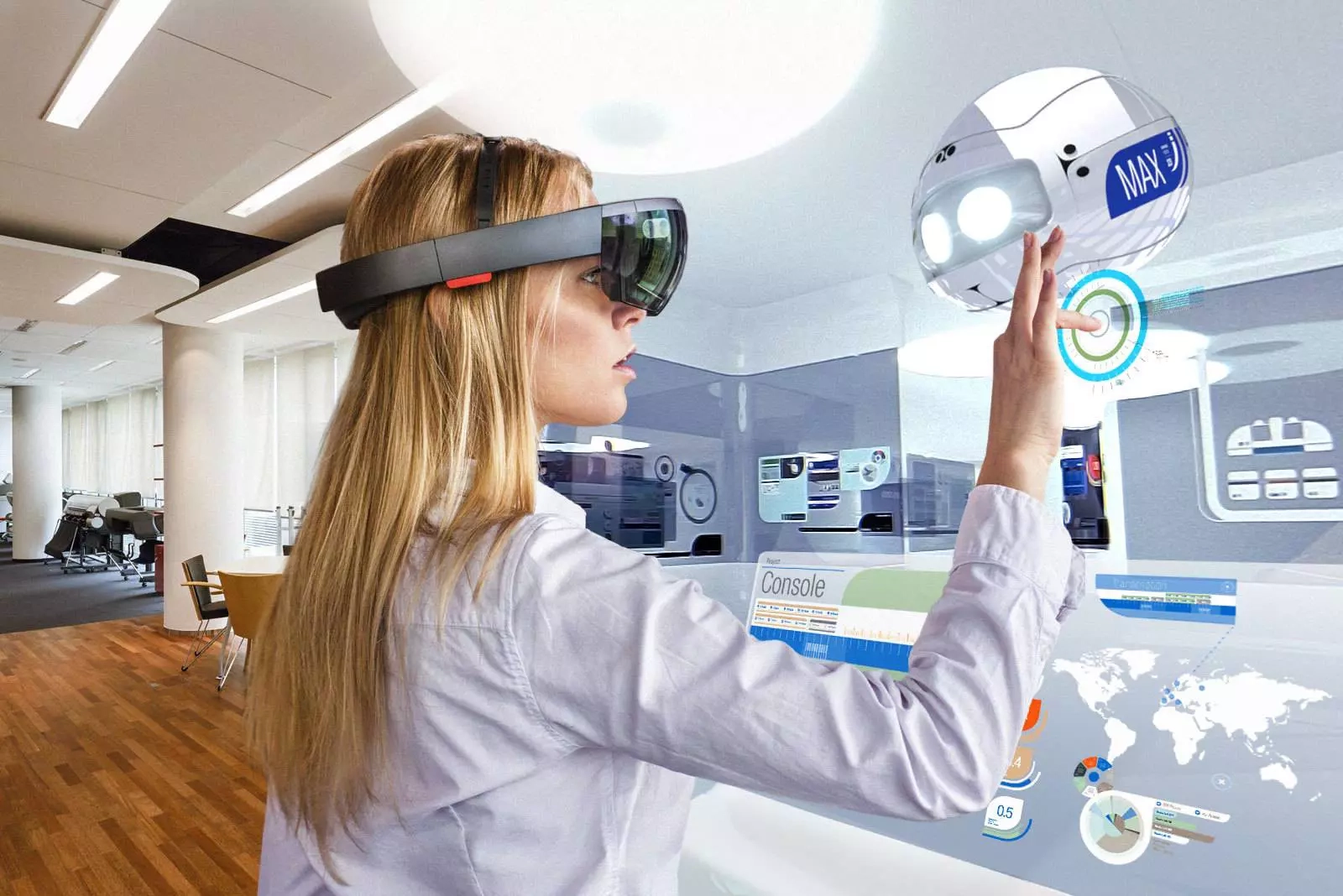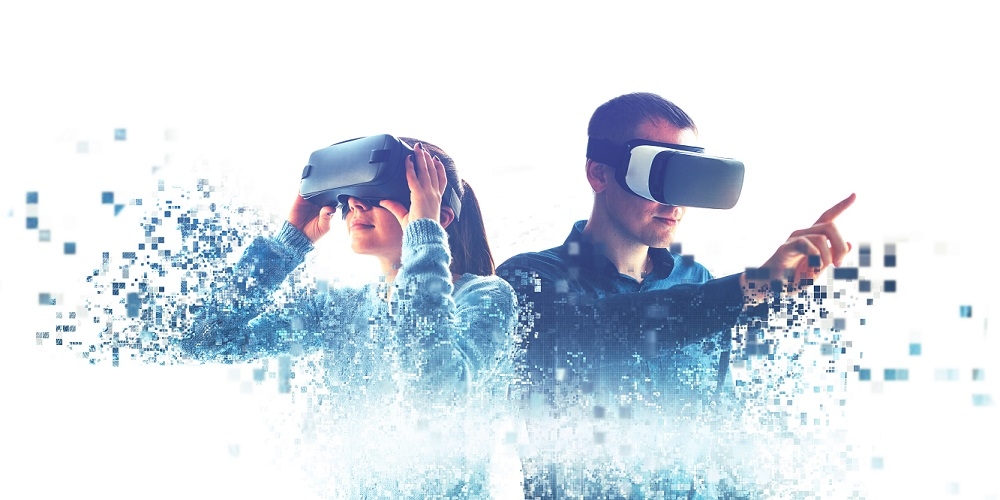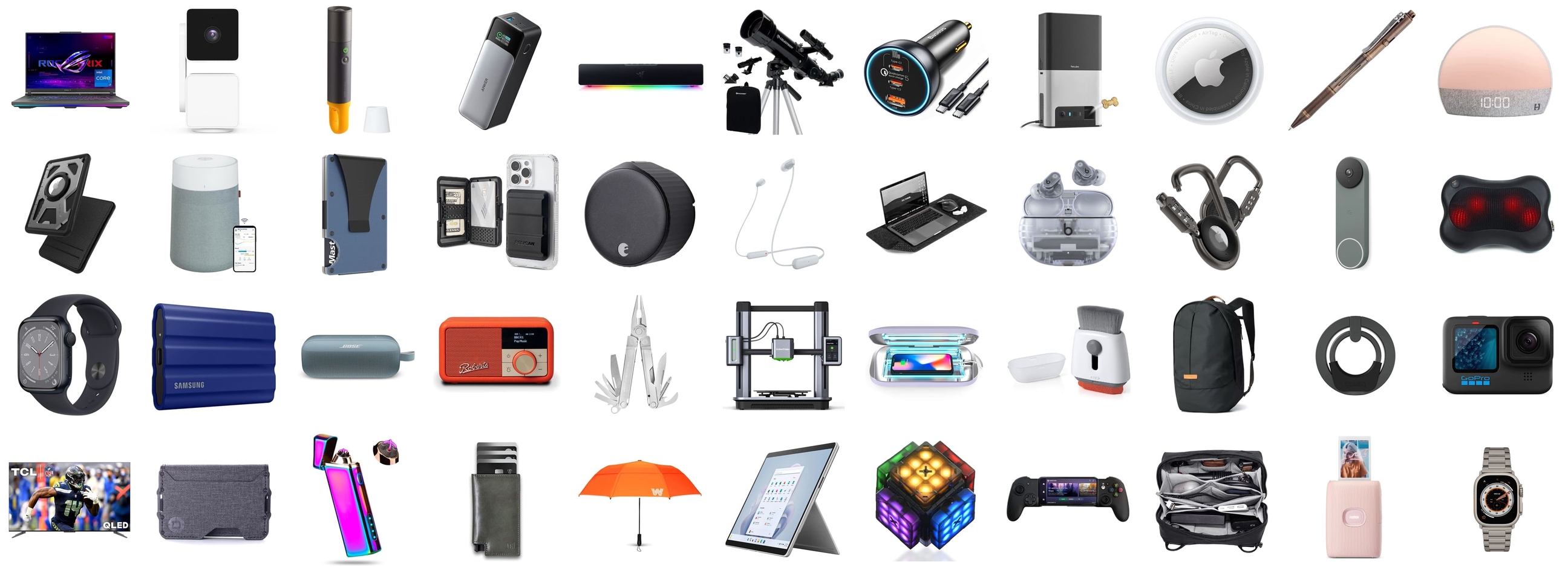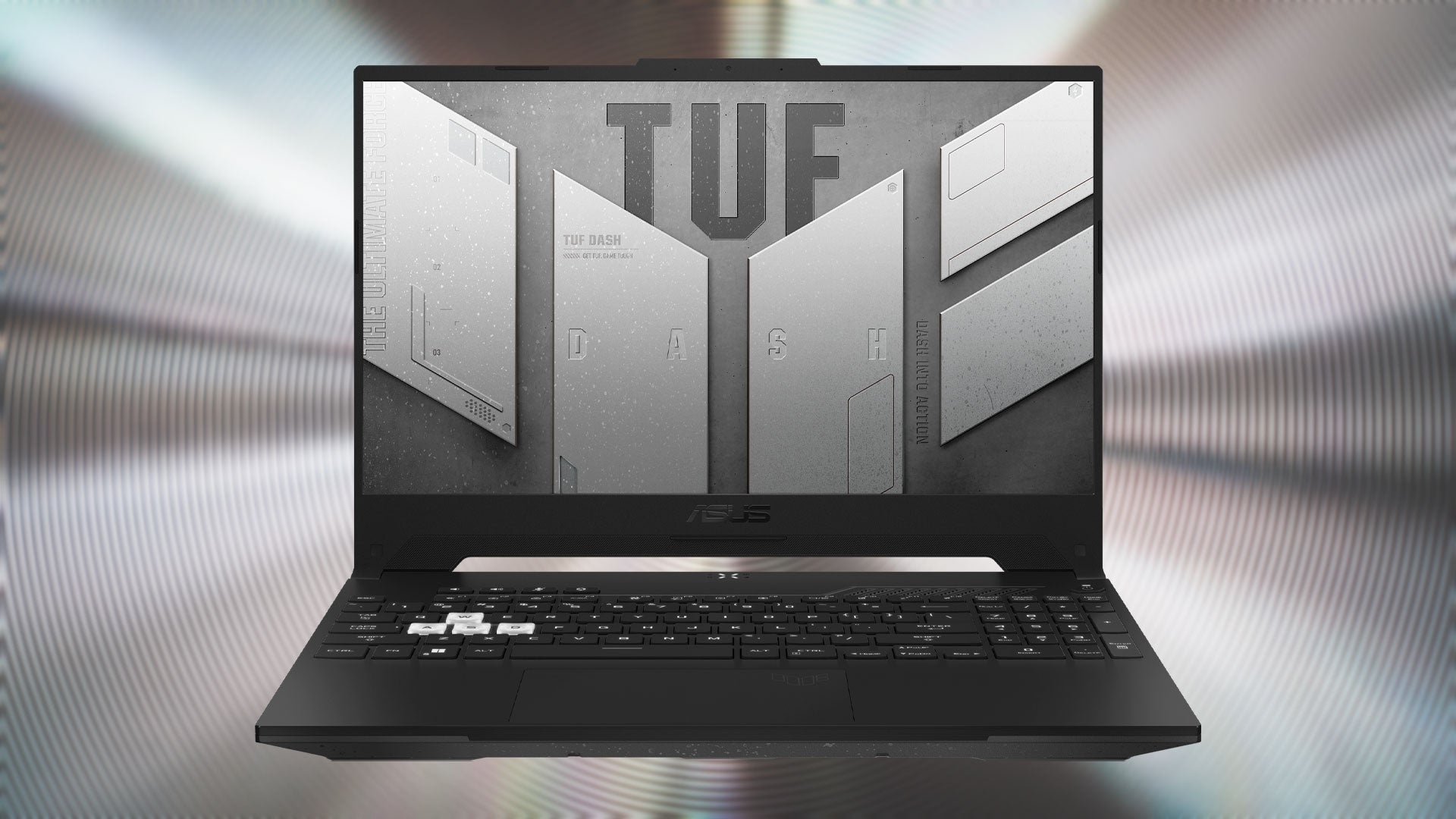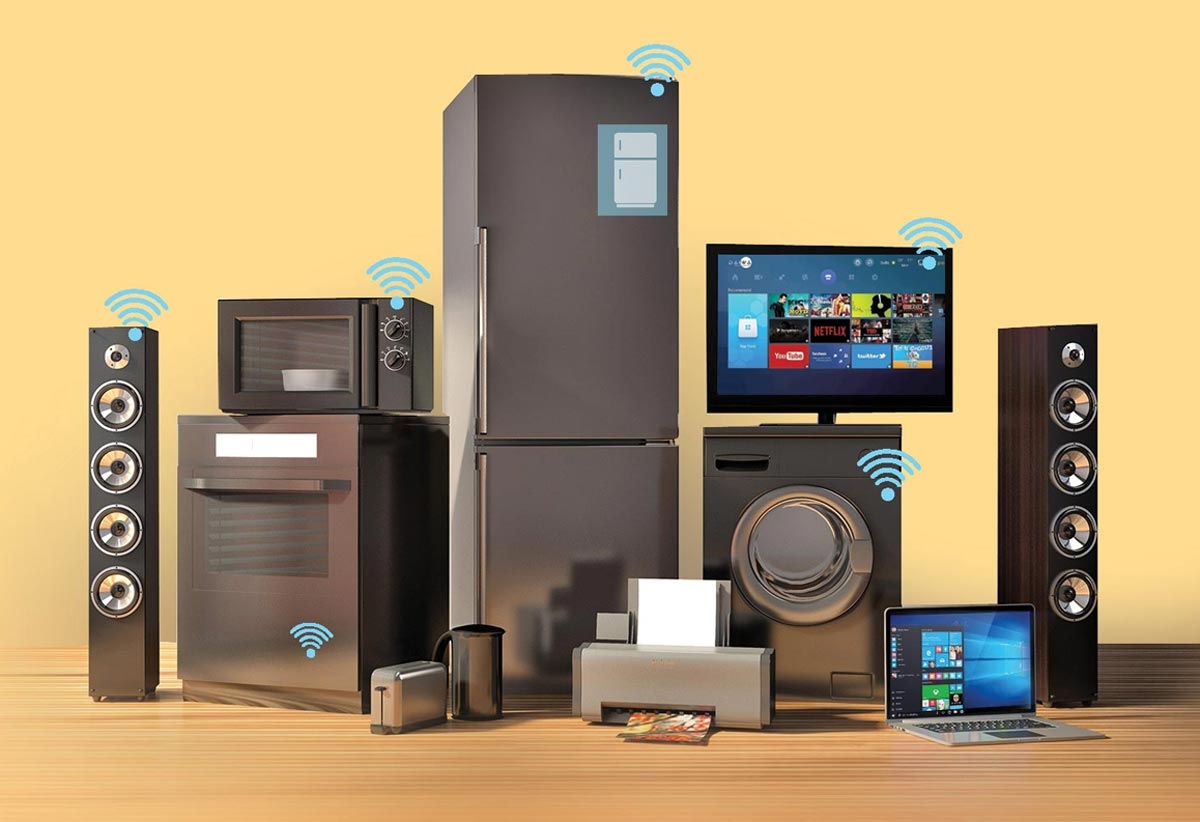Augmented Reality (AR)
What is AR?
-
AR enhances the real world by overlaying digital elements (such as images, sounds, or information) onto it. Unlike VR, which immerses you fully in a digital world, AR blends the digital with the physical world in real-time.
Popular Examples:
-
Mobile AR: Apps like Pokémon Go, Snapchat filters, and Google Lens use AR to overlay virtual objects onto your environment.
-
AR in Retail: Brands like IKEA let you see how furniture will look in your home before buying it through AR apps.
-
AR in Education: Interactive AR experiences are being used in classrooms to make learning more immersive. For example, students can see 3D models of planets or historical landmarks overlaid on their textbooks.
Emerging Use Cases:
-
Healthcare: AR is being used to assist surgeons with real-time data during procedures and to visualize complex structures within the body.
-
Maintenance and Repair: AR apps can overlay instructions on equipment, guiding technicians on how to fix machinery step-by-step.
Virtual Reality (VR)
What is VR?
-
VR is a fully immersive digital experience where you wear a headset that blocks out the real world and replaces it with a computer-generated environment. Users interact with this virtual world, often using controllers or hand-tracking technology.
Popular Examples:
-
Gaming: VR gaming is one of the biggest applications, with devices like the Oculus Rift, HTC Vive, and PlayStation VR offering highly immersive experiences.
-
Virtual Tourism: VR lets you explore places around the world without leaving your home, from ancient ruins to modern cities.
-
Education and Training: VR is used for training simulations (such as flight simulators for pilots, surgery practice for doctors, or training for hazardous environments).
Emerging Use Cases:
-
Healthcare: VR is being used for pain management, phobia treatments, and rehabilitation. It can also simulate medical procedures for training.
-
Work Collaboration: Tools like Horizon Workrooms from Meta are designed for virtual meetings, where people can interact in shared virtual spaces, which could become the future of remote work.
-
Architectural Visualization: VR is being used to walk through architectural designs before they’re built, offering clients an immersive experience to visualize spaces.
The Future of AR and VR:
-
Mixed Reality (MR): This is an evolution of AR and VR, combining both technologies to allow real-world objects and virtual elements to interact in real-time. MR could lead to more advanced applications, where virtual objects seem to physically interact with the real world.
-
AR Glasses: Companies like Apple and Google are working on developing lightweight, fashionable AR glasses that could replace smartphones in the future.
-
Social VR: The concept of the “Metaverse” could expand with VR, where people interact in fully immersive virtual spaces for everything from socializing to working.
